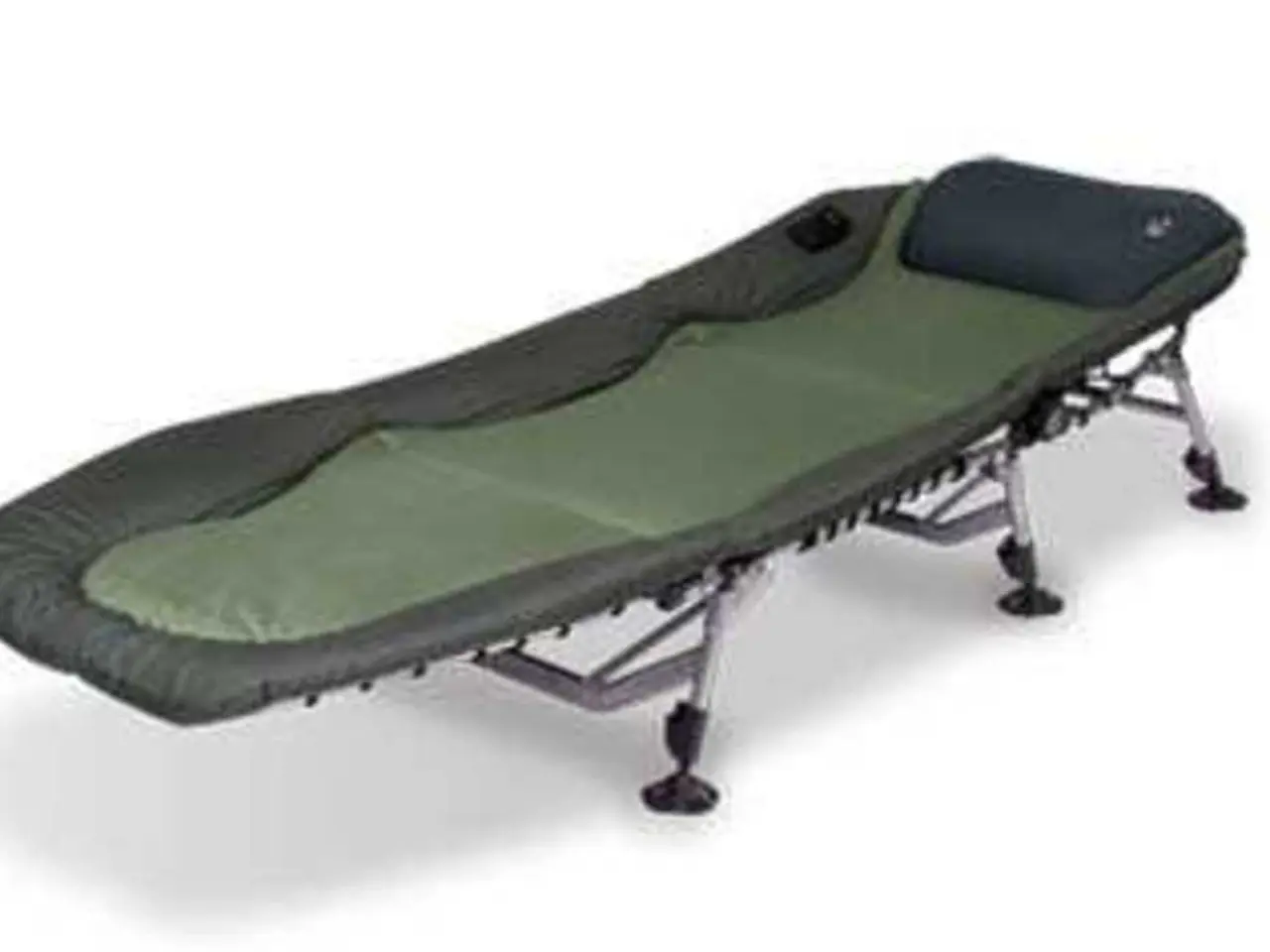Pilating enthusiasts! Learn to replicate celebrated Pilates instructor's four-move warm-up sequence, designed to safely activate your spine before diving into your exercise routines.
A Pilates-inspired warm-up that targets forward flexion, backward extension, lateral flexion, and rotation can offer numerous benefits for overall spine health. Brett Starkowitz, head of education and master trainer at London's Ten Health & Fitness, recommends this four-move warm-up drill to mobilize the spine in every direction.
The knees-bent windscreen wipers exercise, for instance, focuses on thoracic rotation, while the glute bridge targets lumbar extension. The seated side flexion exercise is designed to work on lateral flexion, and the standing roll down targets forward flexion. Starkowitz suggests incorporating this warm-up into pre-workout routines to improve spine health.
These exercises not only prepare the spine for activity by increasing flexibility and releasing tension, but they also build deep core strength and enhance postural support essential for long-term spine health.
Enhanced spinal mobility and flexibility are key benefits of this warm-up. Moving the spine through these different planes encourages the spine to move freely in all directions, which promotes functional fitness, improves posture, and boosts range of motion for daily activities and athletic performance.
Exercises like "rolling like a ball" massage the spine during flexion, helping to release tension and improve comfort in the back. Additionally, these movements engage and strengthen deep core muscles (the "powerhouse") such as the transverse abdominis and obliques, which support the spine and improve balance and coordination. A strong core reduces strain on the spine and decreases injury risk.
Improved posture and alignment are another advantage. Strengthening the core and enhancing spinal mobility help maintain correct spinal alignment, reducing poor postural habits that contribute to back and neck pain.
Pilates movements also encourage connecting breath with movement, fostering better body awareness and controlled motion, which supports efficient and safe spinal mechanics. This enhanced neuromuscular coordination and breath control further contribute to a healthier, more resilient spine, reduced back pain, and improved overall functional movement in daily life.
Incorporating multi-plane movement into daily routines, such as when waking up or before a workout, can make a significant difference in spine health. Remember, people spend the majority of their lives in forward flexion, such as while working, driving, or using their phones. By incorporating exercises that target other directions of movement, we can counteract this habit and ensure our spines remain healthy and flexible.
[1] Starkowitz, B. (2022). The Importance of a Pilates Warm-Up for Spine Health. Ten Health & Fitness Blog. [Online] Available at: https://www.tenhealthandfitness.com/blog/pilates-warm-up-spine-health/
[2] Pilates Method Alliance. (2021). The Benefits of Pilates for Core Strength and Spine Health. Pilates Method Alliance. [Online] Available at: https://www.pilatesmethodalliance.org/pilates-benefits-core-strength-spine-health/
[3] American Council on Exercise. (2020). The Benefits of Pilates for Flexibility and Posture. American Council on Exercise. [Online] Available at: https://www.acefitness.org/education-and-resources/professional/expert-articles/5948/the-benefits-of-pilates-for-flexibility-and-posture/
[4] Mayo Clinic. (2020). Pilates: An Introduction. Mayo Clinic. [Online] Available at: https://www.mayoclinic.org/healthy-lifestyle/fitness/in-depth/pilates/art-20048389
- To complement the benefits of a Pilates-inspired warm-up for spine health, incorporating exercises that focus on wellness, fitness, and flexibility, such as the ones targeting thoracic rotation, lumbar extension, lateral flexion, and forward flexion, can contribute to long-term spine health.
- Enhancing functional fitness, improving posture, and boosting range of motion for daily activities and athletic performance are additional advantages of these exercises, as they engage deep core muscles like the transverse abdominis and obliques, and promote neuromuscular coordination and breath control.
- By engaging in exercises that incorporate multi-plane movement, individuals can counteract the effects of spending the majority of their lives in forward flexion, thereby ensuring overall health and wellness of their spine, reducing injury risk, and enhancing fitness-and-exercise performance.




